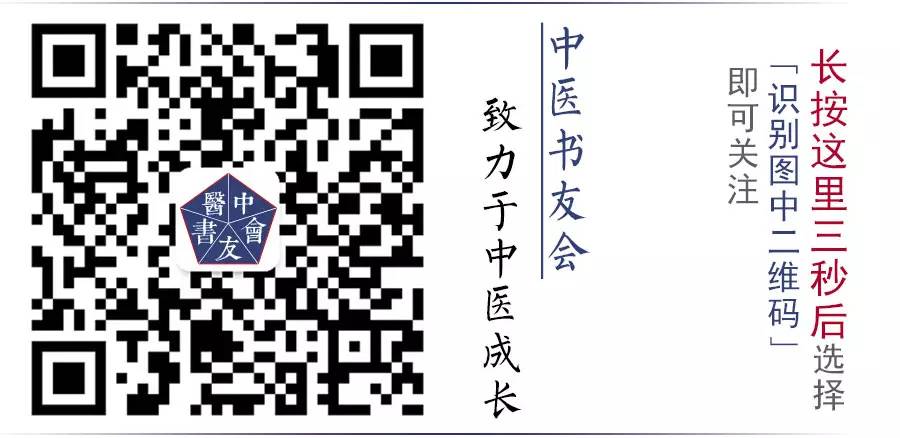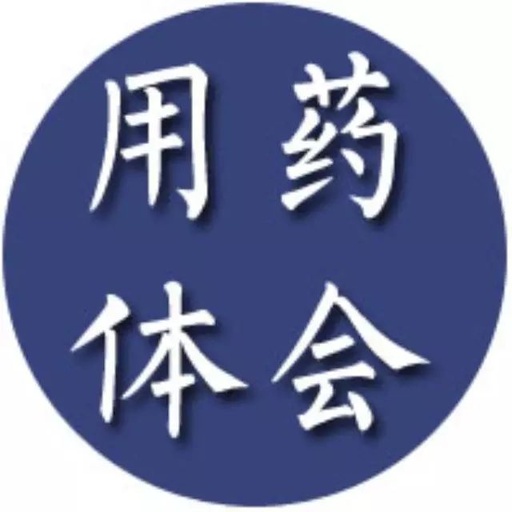 Chinese Medicine Book Club Issue 847
Chinese Medicine Book Club Issue 847
Daily issues to accompany the growth of TCM practitioners
Author: Chen Binhai
Editor: Wali ⊙ Proofread by: Xiao Xiong, Ju Ye
IIntroduction: The use of powders in treatment seems rarely seen in large hospitals. Is it due to policy? Or… setting aside interfering factors, have you considered the clinical efficacy?

Qianzheng San for Facial Paralysis: Powders are Superior to Decoctions
Facial paralysis is a condition well-known to practitioners, with Qianzheng San (Qianzheng Powder) being its primary treatment. The author believes that using powders seems to yield better results. A formula (方, fang) refers to a prescription, while a dosage form (剂, ji) refers to the preparation. The fundamental meaning of combining formulas and dosages lies in the compatibility and harmony of the herbs. Due to the complexity of the composition and interactions of the formula’s ingredients, medicines with the same formula but different forms do not necessarily have the same effects. Therefore, in clinical practice, there are often cases where similar formulas with different forms yield vastly different therapeutic outcomes.
Thus, the Sheng Ji Jing states: “For internal treatment, one reaches the outside from within, using decoctions, pills, and powders; for external treatment, one reaches the inside from the outside, using plasters, steaming, bathing, and powders.” The choice of dosage form in clinical work should be based on the changes in the patient’s condition, “tailored to the disease and differentiated by the syndrome”; if this is done, one can often achieve success.
Modern clinical practice shows that for formulas suitable for powders, using powders can achieve clinical efficacy comparable to full-dose decoctions with remarkably smaller doses, especially for certain formulas where using powders provides clinical benefits that decoctions cannot replace.
Li Dongyuan stated: “Generally, decoctions are for clearing away major illnesses. Powders are for dispersing and treating acute illnesses. Pills are for gradual treatment and cannot quickly resolve issues; their use is for a more gentle approach to treatment.” The Shen Nong Ben Cao Jing has already clearly recorded: “Medicinal properties are suitable for pills, powders, water decoctions, wine infusions, and ointments; some herbs are suitable for multiple forms, while others cannot be used in decoctions or wine, and this must not be violated according to the properties of the herbs.” This discussion succinctly summarizes the fundamental principles that must be followed in the selection of TCM dosage forms based on the properties of the herbs.
Famous physician Pu Fuzhou believes that since modern times, the traditional treatment method of powders has been overlooked by many clinical practitioners. Many effective formulas suitable for powders, such as Yu Ping Feng San (Jade Windscreen Powder) and Yi Gong San (Different Function Powder), have also been changed to large-dose decoctions, which is indeed inappropriate. In the current context of herbal shortages, using powders can save several times the amount of herbs compared to decoctions of the same prescription, significantly reducing costs for patients. The creation of the powder dosage form was the result of repeated practice and is the crystallization of the wisdom of our predecessors, which we must take seriously.
The author once treated a 12-year-old girl with the surname Zhang, who visited on September 2, 2009. Initially, her family noticed that when she smiled, the corner of her mouth drooped to one side, leading to a visit to a local hospital. The examination showed that the right eyelid could not close completely, the forehead lines and nasolabial folds had disappeared, she could not puff her cheeks or whistle, and had difficulty brushing her teeth. Upon inquiring about her medical history, it was found that she had a cold two weeks prior. She was diagnosed with “idiopathic facial paralysis.” Western medicine treatment with antiviral and neuro-nutrition medications for a week showed no effect, and adding corticosteroids for another week also yielded no results. During this time, acupuncture treatment was attempted for seven to eight days, but was discontinued due to the child’s fear of needles.
Concerned about her condition, the family sought treatment from a local TCM physician, who prescribed Qianzheng San with Fang Feng (Siler), Qin Jiao (Gentiana), Bai Zhu (White Atractylodes), Huang Qi (Astragalus), Tai Zi Shen (Pseudostellaria), and Dang Gui (Angelica) to dispel wind, unblock the meridians, and support the body’s righteousness, while also advising the application of fresh eel blood to the affected area daily. After more than half a month of treatment, there was still no significant effect. In desperation, they considered transferring to a provincial hospital. By chance, the family mentioned this to me, and I asked, “May I see the prescription?” After reviewing it, I conducted a four-diagnosis assessment. The child’s facial symptoms remained as before, but her appetite and sleep were good, her tongue was pale with a thin white coating, and her pulse was floating and thin.
I asked: “Would you like to try Chinese medicine again?”
She replied: “Should we try again?”
I responded: “We can try for three to five days.”
Powder prescription: Bai Fu Zi (12g), Bai Jiang Can (15g), Quan Xie (9g), Wu Gong (1 piece). Grind into powder, take 3g each morning and evening, with decoction.
Decoction prescription: Gui Zhi (9g), Chi Shao (6g), Zhi Gan Cao (5g), Chuan Xiong (6g), Bai Zhi (5g), Ge Gen (12g), Sheng Ma (6g), Qiang Huo (6g), Da Zao (12 pieces), Sheng Jiang (3 slices). Prepare 5 doses, decoct in water, one dose per day.
Three days later, the child’s family joyfully reported that her facial symptoms had improved significantly, and I advised them to continue with the original prescription. A week later, she achieved complete recovery.【Published by the Chinese Medicine Book Club (WeChat ID: zhongyishuyou)】
|
I Copyright Statement: This article is published by the author with authorization from the Chinese Medicine Book Club.Respect knowledge and labor, please retain copyright information when reprinting. The copyright of the content published on this platform belongs to the relevant rights holders. If there are any improper uses, please feel free to contact us for negotiation. ISubmissions::[email protected] (We welcome contributions from all book friends for original submissions) |


